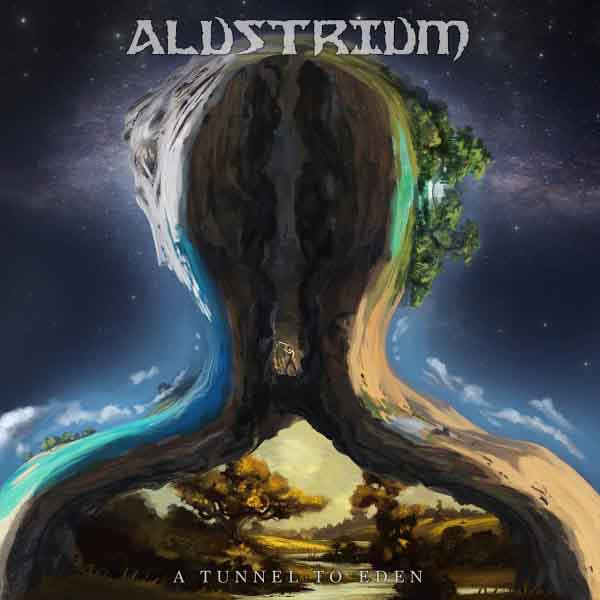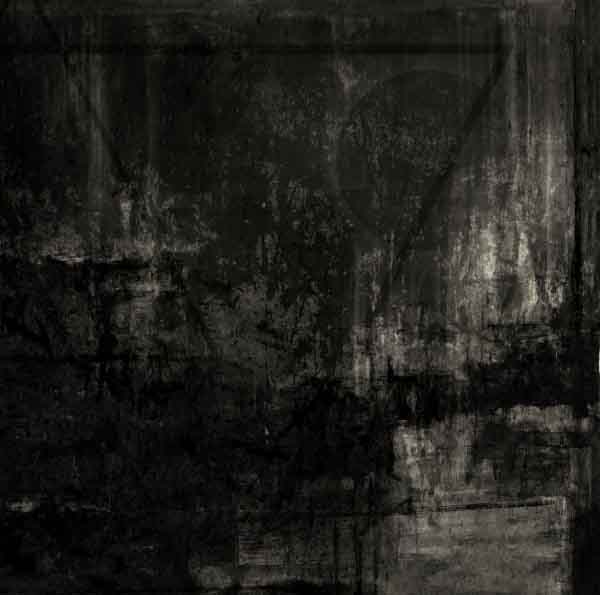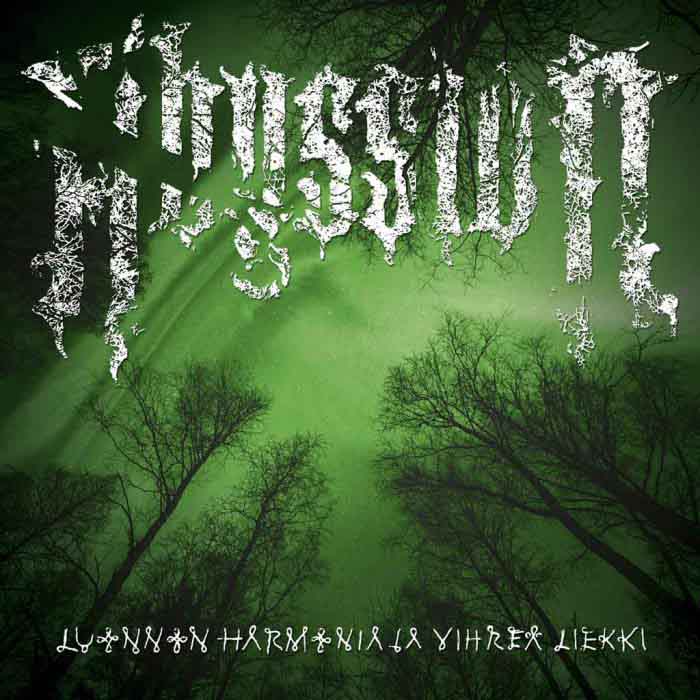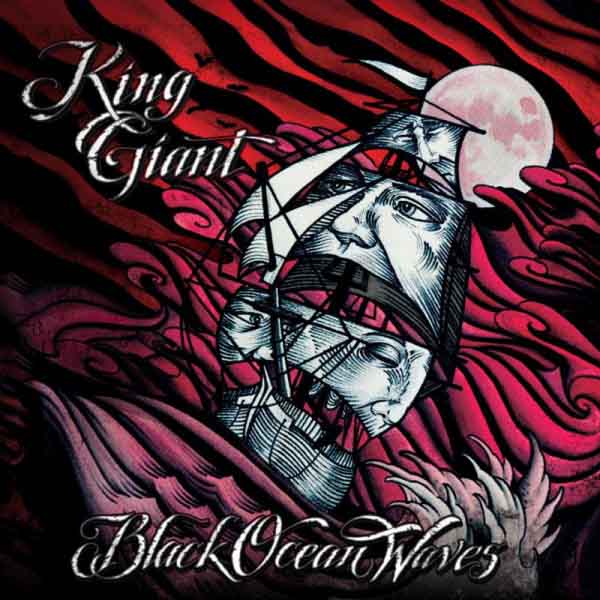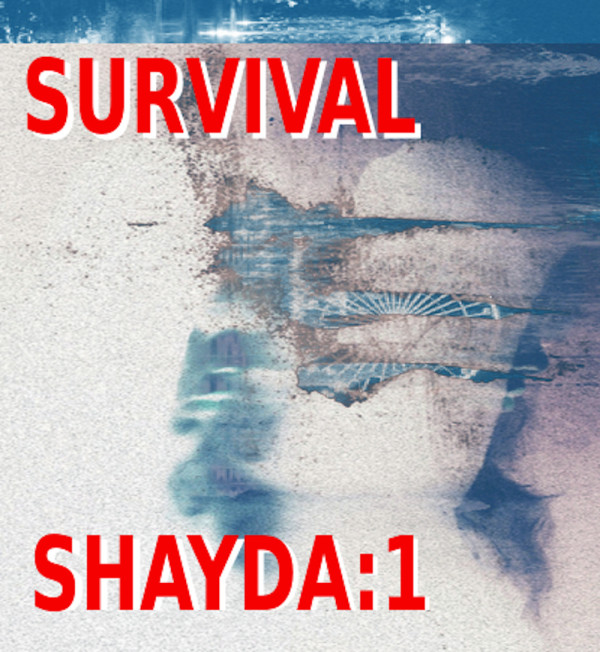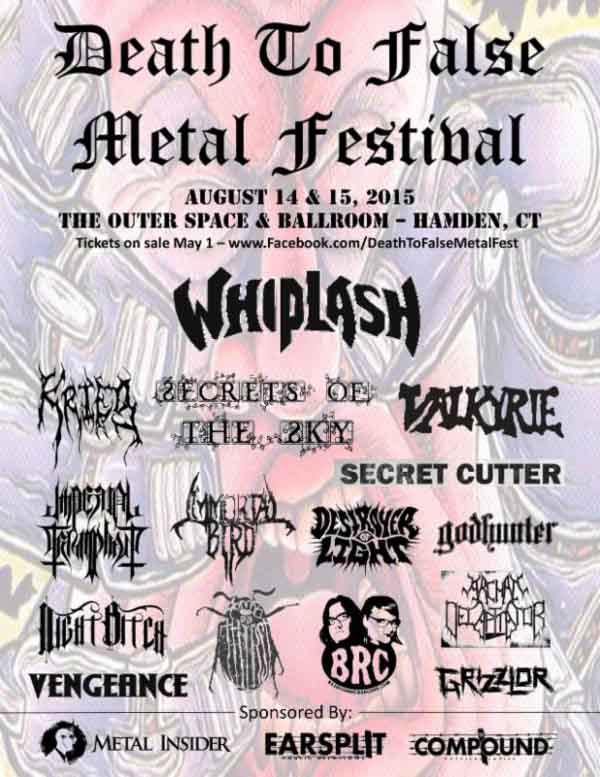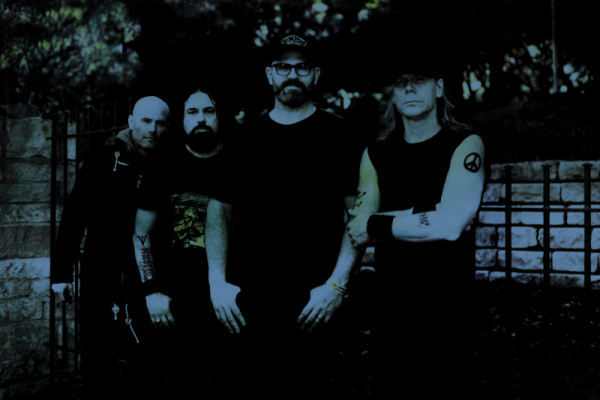Coming from the depths of that technical death metal with strong bases in metalcore, Alustrium’s A Tunnel to Eden is perhaps intentionally misleading with its title and an intro that could make anyone think one is about to listen to a power metal album of the cheesiest saccharine minstrel metal. However, what they give us is a view of the most easily dismissed metalcore. What makes this album so pedestrian is its blatant reference to genre tropes on the one hand and the upholding the worse sins against music that this genre perpetrates on a common basis.
First of all, there is no intention of creating a theme for the songs, nor is there any intention to maintaining any sort of musical coherence. Every section is aimed at creating a rhythmic hook, while relation with adjacent sections and riffs is not important at all, only the shock induced by the change is important. Basically, this is a pop attack. The fact that it is “extreme” music does not hide its candy-ass popular nature to the discerning listener.
No CommentsTags: 2015, A Tunnel to Eden, Alustrium, metalcore, techdeath, Technical Death Metal
